News
Fantasia 2020: Natasha Kermani on ‘Lucky’ and Layered Design
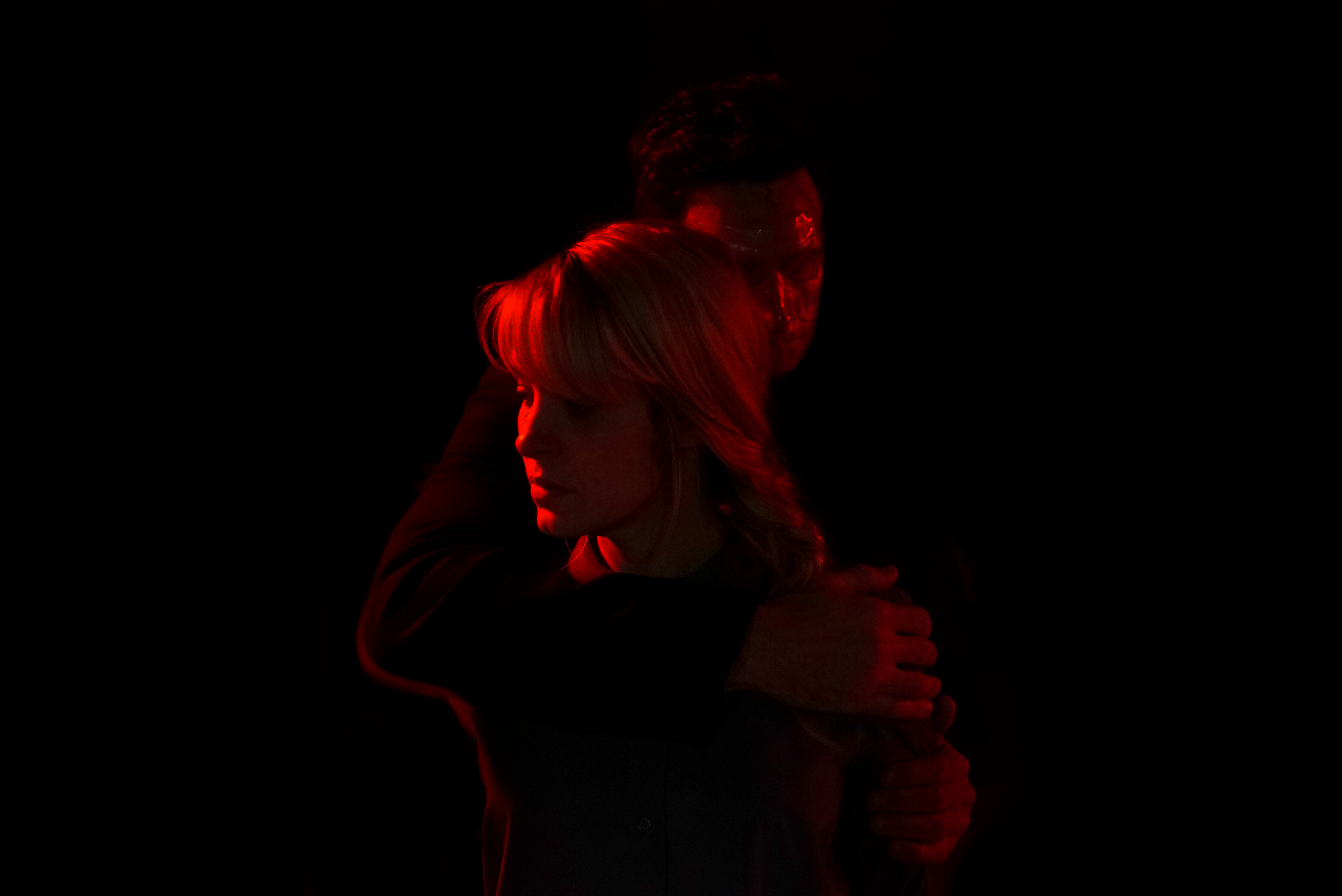
Natasha Kermani is a rising star in genre cinema. Her first feature film, Imitation Girl, was praised by critics for its themes of duality and an impressive dual performance by Lauren Ashley Carter (Artik, Darling). With Lucky (which you can read my review of here), Kermani continues to catch attention.
After hosting its premiere at this year’s newly digital Fantasia Film Festival, I sat down with Kermani to discuss Lucky, scrappy fights, that intense garage scene, and the layered design of the film.
Kelly McNeely: So, with Lucky, how did you get involved in the project? How did you come on board?
Natasha Kermani: Yeah, so I had actually known Brea [Grant] socially for a little bit before getting the script. So I already knew who she was. And the script was brought to me by one of the producers who is basically like, you know, I know you know, Brea, I don’t know if you’ve read any of her work, and I hadn’t so I read it really out of curiosity. I was looking for my next project. I had just wrapped up the release of my first feature. And I read it and I just really responded to how clear her voice was in that script. It was such a specific and very sharp perspective on what is actually a very broad theme. And a very big idea. So I was really pulled into that. And then I basically got to a point in the movie where she sort of expands the scope of the story. So you’ve sort of been in this very singular perspective, this very small scale story, and then she widens it out in the third act in a way that was really exciting to me. So I actually put the script down, I emailed her and I was like, hey, I don’t know who else you’re talking to. But like, I want this. [laughs] Don’t send it to anybody else.
So luckily enough, she was down and we put it together pretty quickly out of that first initial read. So yeah, I honestly just read the script and really liked it. And I really saw Brea as May, which was also great to sort of know that you’re coming for a project that is — packaged isn’t the right word — but that there’s a person, there’s an actress at the center of this that then I could say okay, now we can start to build out with her as the centerpiece of the film. So that’s how that came to be.
Now with the character of the man, I love the design that you have for him that it’s sort of against the stereotype. He doesn’t have to be scary to be really scary. You know what I mean? He’s not like a Leatherface, he’s not a Jason Voorhees, but he’s still terrifying. How did you develop that design in that concept? And I like how it’s a little bit different for each woman as well.
Yeah, that’s actually the genesis of it. In the original script, he is more of a Michael Myers. Initially we were talking to like, big MMA guys, you know, big dudes, big muscular guys. It was very much born out of conversation with the whole team. So everybody sort of sitting together and saying, wait a minute. Brea is very small, she’s small, you know, she’s 5’2” or something like that. And we have to believe that she would be able to fight this guy off night after night after night. And so that was sort of the initial hit that we had. And, you know, from that conversation came more conversations about okay, if we’re moving past the Michael Myers stereotype, what does that open up, what new conversations can we have out of that.
With the wardrobe and with the producers, I really was having fun conversations. We’re actually referencing a lot of Mads Mikkelsen from Hannibal, sort of like the slicked back hair. And we started talking about that and the mask being something that is not like a hockey mask, but something that from a distance looks almost human, looks almost like it’s just somebody’s face, but then it catches the light in a certain way or there’s something sort of distorted.
I started pulling some sort of bizarre paintings and sculptures that were sort of playing with very minor disfigurements of the human body and face. So that’s kind of all the material we brought to Jeff Farley, who I had worked with on my first film, who’s an amazing prosthetics artist, special effects artist, and he built our mask on very limited time and very limited resources. We loved it. We loved what he brought, and we had a few very minor tweaks, but basically the proof that he brought to us we were like, great, we love it.
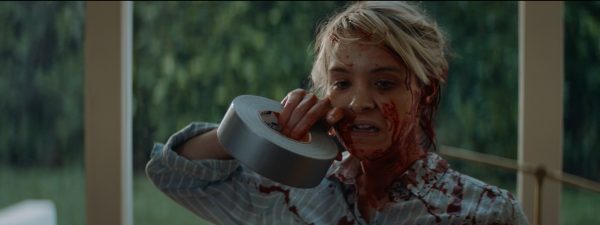
Lucky
Now, the fight scenes are really kind of scrappy. They’re not stylized. Did you have a female fight choreographer for that?
We did. And that was one of the most important things, I wasn’t specifically looking to hire women for any of the departments really except the fight coordinator — the stunt coordinator — I did specifically want a woman because I felt it was very important that we believe that May is not a professional fighter, and that her self defense is not coming from any sort of training or anything. It’s just her instinctual fight choreo. And we got very lucky, we had an amazing, incredible stunt coordinator. She coordinates on like Glow and a bunch of really awesome, super cool stuff. So she immediately sort of understood the direction behind what that means, that May is not a professional fighter. And so the fights really came out of that. So we would have sort of like the basis of it from the screenplay. So we would know this sort of takes place around the staircase, this sort of takes place in the bed, this sort of takes place in the parking garage. And then she and I would just bounce around and figure out what would make sense.
We also wanted to see her becoming more confident. So her arc from the beginning just being like, ah, get away from me. By the end, she’s using tools, she’s got a knife, she’s got different stuff. So that was a fun thing that we were able to build in. But again, a lot of these decisions that look like stylish decisions or like a specific aesthetic decisions are all born out of practicality. Right? And I think that is maybe something that you don’t see with the male team who is maybe interested in making her look super cool and super sexy and hot. And you know, we’re kind of coming from no, like, this chick doesn’t know how to fight. [laughs] So we’re not trying to make her look cool or attractive, right? She’s just trying to get rid of this creepy guy.
She’s just trying to survive.
Exactly. That’s it. That’s it. And I also wanted a woman who would understand the underlying tone of violence towards women. We’re treading very lightly, because it is a funny movie. It is satirical. And of course, there’s nothing funny about domestic violence or anything like that, that we are hinting at. Like that’s very much an element to the film. So I knew I really wanted that to be handled correctly. And that was very much a part of the conversation that we had not only with Brea, but also with the stunt coordinator and the makeup artist, of how her bruises look and just the impact of that violence.
You see almost like a character development through her fights as well, like you were saying, she starts picking up tools, and she starts to get more confident. I think that’s really clever.
Yeah, I mean, by the time you see her stand up with the blood on her face, and she’s smiling, you know, okay, we’re very much past where we started.
Very different character at the end. Can you talk a little bit about the garage scene and the process of filming that? And again, with the stunt choreography, it seems like a very complex scene to shoot — and I love the lighting.
Yeah, thank you. So I worked with an incredible cinematographer named Julia Swain. And this was really her moment to shine. Again, the parking garage scene is when I put the script down and decided that I was going to do the movie, I knew that we had to understand where to put our resources so that that scene was successful. Because I think if that sequence didn’t work, there’s no point in the movie. Right? Like, it doesn’t matter if we’re not able to achieve that expansion in scope and scale of the world, then I don’t know what we’re doing. You know, why did we make this movie?
So from day one, I think from the very first meetings that I had with the producers, I initially was asking for three days for that sequence, we ended up with two and we had to fight for it, you know, it was like, no, we need the time, we need the resources. And obviously, there’s always nonstop compromise that’s happening, but we tried to preserve the structural integrity of that sequence because it was so important. So the lighting is very important. A lot of that is practical. So we actually swapped out all of the lights that you see, as you look down the various aisles of the garage. Julie and her team actually swapped them out so that we could get a little bit more of the look that we were specifically looking for in the exact color. We wanted color contrast. So the red represents the men. And the blue was more the women characters. And so color contrast was hugely important.
We wanted to have a sense of scale so that we could see all the way down the parking garage. Often with indies, you know, you’ll only see, like, what we’re seeing in the frame right now. Right? Wides are expensive. [laughs] So we wanted to get some wides. With the big arc around, we’re actually reusing stunt people and extras. So there’s some cuts that were put in to be able to achieve that. So again, it was with our limited resources, figuring out how we can double people up, put them in different outfits, blah, blah, blah and see if we can, you know, make it feel a little bit bigger than it is.
And I think it works because if people are paying attention to the film, they understand the implications of what that sequence is saying. So really we’re just getting them there visually, and then we’re helping with the music. We’re helping with the cinematography, we had an incredible colorist who works out of photochem who really helped us take it to the next level, we really pushed that footage as far as it would go with the reds and the blues. So that even though there’s no actual white light in that sequence, it’s all either blue or red. So it’s like really this sort of stark contrast.
And then so, you know, to augment the visuals, we have the music and the sound design, and the sound design is very rich. It’s the richest point in the film. There’s a lot of layered sound effects in there. There’s some rumbles and earthquakes, and we’re really filling in the atmosphere. And musically, it’s the first time that you’re hearing May’s theme and May’s musical motif fully merged with the man’s musical theme. And it’s the first time that you hear the man’s theme becoming more full and melodic. So we’ve heard these little sort of jarring — you’ll remember the first time he comes in, it’s like these little stilted — it’s the same instrument. And it’s actually a lot of the same sound samples. But this point in the film is the first full time that you have a fully melodic combination of those motifs, and you can feel it sort of expanding out in that point. And then it sort of swims back down till the end of the movie.
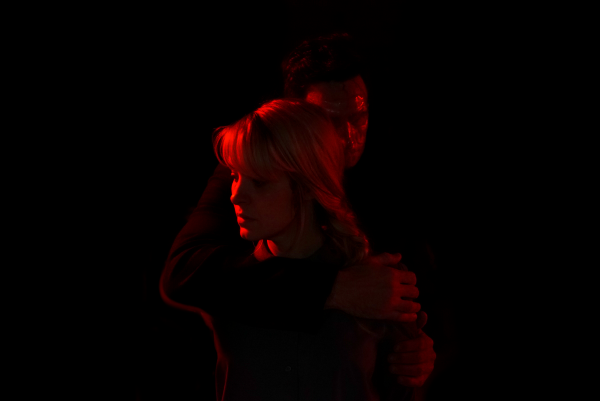
Lucky
And it’s such a cool visual design as well. The color creates this false sense of security, using these cool whites and blues and everything. It’s very calm. It’s very serene, but the huge windows are kind of off-putting.
Isn’t that crazy? There’s a family that lives in that house. [laughs] It’s a real location.
Wow, I couldn’t imagine trying to clean those windows, it’d be a nightmare! So what were your influences and inspirations when directing the film?
And we weren’t that heavy on references. I think we really sort of built the look out of the needs of the project. So the cinematographer Julia and I had a lot of conversations about right off the top. We wanted a cinematic look, right, we’re not trying to give it a documentary feeling anyway. [laughs] We’re immediately acknowledging that this is a sort of Twilight Zone, it’s a very much a movie. It’s an experience that you’re moving into. It’s not hyperreal, in short, so that was important to us. We did a lens test to sort of select the lenses that we liked that similarly fed into that. So we chose a set, we chose to go anamorphic. So it’s kind of like that widescreen hyper-cinematic vibe. And then within that, we found lenses that are not perfect. So they’re somewhat modern, but they have a lot of little quirks.
So you’ll see throughout the film, you’ll see flares, and there’s sort of, like, things that are incorrect. And similarly, with the production design, it’s all that sort of taking mundane elements in May’s life, and then sort of distorting them, twisting them. You know, there’s plants in the house that by the end of the film have completely overtaken aspects of the house, there’s paintings that get switched out. So all of the elements were less that were referencing specific films as much as just what we wanted to express in the moment.
I would say I think the movie actually has a lot of Scream. There’s a lot of influence from Scream, which is interesting. We didn’t specifically set out to do that, but there were definitely moments in the edit where I was like, oh shit, this really reminds me of the opening of Scream. So I think, subconsciously, I think it was there. And it’s in Brea’s writing as well, the satirical nature of it. And actually for Brea, this was a real reference, she really reminded me of like a Ingmar Bergman character. I wanted her to have, you know like a Liv Ullmann look, like that sort of frosty blonde hair and putting her in these cool blues and she’s always sort of buttoned all the way up, and so we had a lot of that French New Wave styling, that was very much a reference that we brought. But that was more for her styling and the braids and the color of her hair.
So, congratulations, I heard you got picked up on Shudder, which is fantastic. And I know that you’ve done genre before with Imitation Girl, do you intend to keep working in genre?
Absolutely. I’m a genre fan. So it’s the type of movies that I like to watch. And I think it’s honestly just the most fun. It’s selfish to say, but it’s like, who wants to work on something that feels like reality? I’m a huge science fiction fan. I grew up watching you know, Star Trek and Twilight Zone and Battlestar Galactica, all that really fun stuff. So I love anything that triggers the imagination and is really a window to a broader conversation. And I think genre has the capacity for that. To get people talking to, again, trigger the audience’s imagination. And hopefully they walk away from Lucky wanting to keep talking about it. You know, what did you think that meant? What do you think of her decision? Do you agree with her? Do you disagree?
And I just want to say also, you know, when we started the film, I was thinking that Shudder would be a great home for us. And I think since filming last summer, Shudder is really doing some interesting stuff with their curation, and risk taking. And I actually really think of anything, that they’ve evolved to be an even better home for this movie, you know, they take a chance on a quirky movie that’s going to be a conversation starter, so I’m very happy about it.
Do you have a favorite subgenre of horror and sci-fi, or a favorite film?
I love body horror. I know that a lot of people don’t. I think a lot of women really love body horror, which is interesting. And even women who say that they don’t love it, when you talk to them about it, you’re like, oh, you actually do, you just don’t like the gory slasher. And I think it’s because living in our bodies is a bit of a horror show. So, you know, I think our relationship to blood, our relationship to changing bodies, the idea of metamorphosis, the idea of distortion, we’re very drawn to it. And I’m very much drawn to it as well.
I love, I would, say The Fly, obviously, Cronenberg. At the same time, I also love the super cerebral stuff. So you know, The Shining is, in my opinion, probably the best horror movie and it’s not very graphic at all, right? So I think there’s space for everything. I love anything that overlaps genre. So if you can do something that has body horror and a big theme and it’s set in space, totally sold. Like Event Horizon.
Listen to the 'Eye On Horror Podcast'

News
Melissa Barrera Says Her ‘Scream’ Contract Never Included a Third Movie
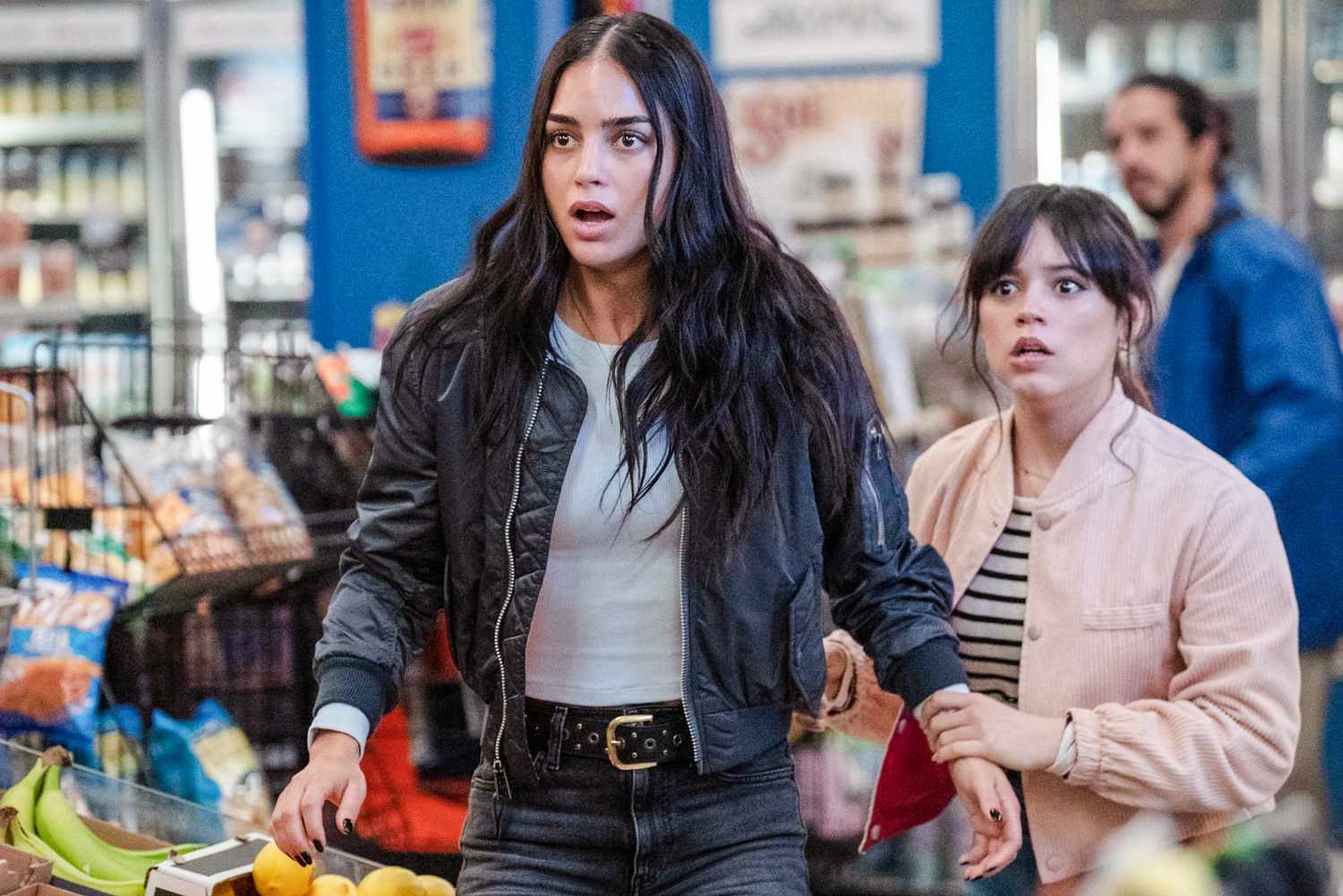
The Scream franchise has done a major overhaul to its original script for Scream VII after its two main leads departed production. Jenna Ortega who played Tara Carpenter left because she was overly booked and blessed while her co-star Melissa Barrera was fired after making political comments on social media.
But Barrera isn’t regretting any of it. In fact, she is happy where the character arc left off. She played Samantha Carpenter, the latest focus of the Ghostface killer.
Barrera did an exclusive interview with Collider. During their talk, the 33-year-old says she fulfilled her contract and her character Samantha’s arc finished at a good spot, even though it was meant to be a trilogy.
“I feel like the ending of [ Scream VI ] was a very good ending, and so I don’t feel like ‘Ugh, I got left in the middle.’ No, I think people, the fans, were wanting a third movie to continue that arc, and apparently, the plan was a trilogy, even though I was only contracted for two movies.
So, I did my two movies, and I’m fine. I’m good with that. I got two – that’s more than most people get. When you’re on a TV show, and it gets canceled, you can’t harp on things, you gotta move on.
That’s the nature of this industry too, I get excited for the next job, I get excited for the next skin I get to put on. It’s exciting to create a different character. So yeah, I feel good. I did what I set out to do. It was always meant to be two movies for me, ’cause that was my contract, and so everything is perfect.”
The entire production of the original seventh entry has moved on from the Carpenter’s storyline. With a new director and new script, production will resume, including the return of Neve Campbell and Courtney Cox.
Listen to the 'Eye On Horror Podcast'
News
Read Reviews For ‘Abigail’ The Latest From Radio Silence

The review embargo has lifted for the vampire horror movie Abigail and the reviews are abundantly positive.
Matt Bettinelli– Olpin and Tyler Gillett of Radio Silence are getting early praise for their latest horror movie which opens on April 19. Unless you’re Barbie or Oppenheimer the name of the game in Hollywood is about what kind of box office numbers you pull on opening weekend and how much they drop thereafter. Abigail could be this year’s sleeper.
Radio Silence is no stranger to opening big, their Scream reboot and sequel packed fans into seats on their respective opening dates. The duo are currently working on another reboot, that of 1981’s Kurt Russel cult favorite Escape From New York.
Now that ticket sales for GodzillaxKong, Dune 2, and Ghostbusters: Frozen Empire have gathered patina, Abigail could knock A24’s current powerhouse Civil War from the top spot, especially if ticket buyers base their purchase off reviews. If it is successful, it could be temporary, since Ryan Gosling and Emma Stone’s action comedy The Fall Guy opens on May 3, just two weeks later.
We have gathered pull quotes (good & bad) from some genre critics on Rotten Tomatoes (score for Abigail currently sits at 85%) to give you an indicator of how they are skewing ahead of its release this weekend. First, the good:
“Abigail is a fun, bloody ride. It also has the most lovable ensemble of morally grey characters this year. The film introduces a new favorite monster into the genre and gives her room to take the biggest swings possible. I lived!” — Sharai Bohannon: A Nightmare On Fierce Street Podcast
“The standout is Weir, commanding the screen despite her small stature and effortlessly switching from apparently helpless, terrified child to savage predator with a mordant sense of humor.” — Michael Gingold: Rue Morgue Magazine
“‘Abigail’ sets the bar as the most fun you can have with a horror movie of the year. In other words, “Abigail” is horror on pointe.” — BJ Colangelo: Slashfilm
“In what may become one of the greatest vampire movies of all time, Abigail provides an extremely bloody, fun, humorous & fresh take on the subgenre.” — Jordan Williams: Screen Rant
“Radio Silence have proven themselves as one of the most exciting, and crucially, fun, voices in the horror genre and Abigail takes this to the next level.” — Rosie Fletcher: Den of Geek
Now, the not-so-good:
“It’s not badly made, just uninspired and played out.” — Simon Abrams: RogerEbert.com
A ‘Ready or Not’ redux running on half the steam, this one-location misfire has plenty of parts that work but its namesake isn’t among them.” –Alison Foreman: indieWire
Let us know if you are planning to see Abigail. If or when you do, give us your hot take in the comments.
Listen to the 'Eye On Horror Podcast'
Movies
Ernie Hudson To Star In ‘Oswald: Down The Rabbit Hole’
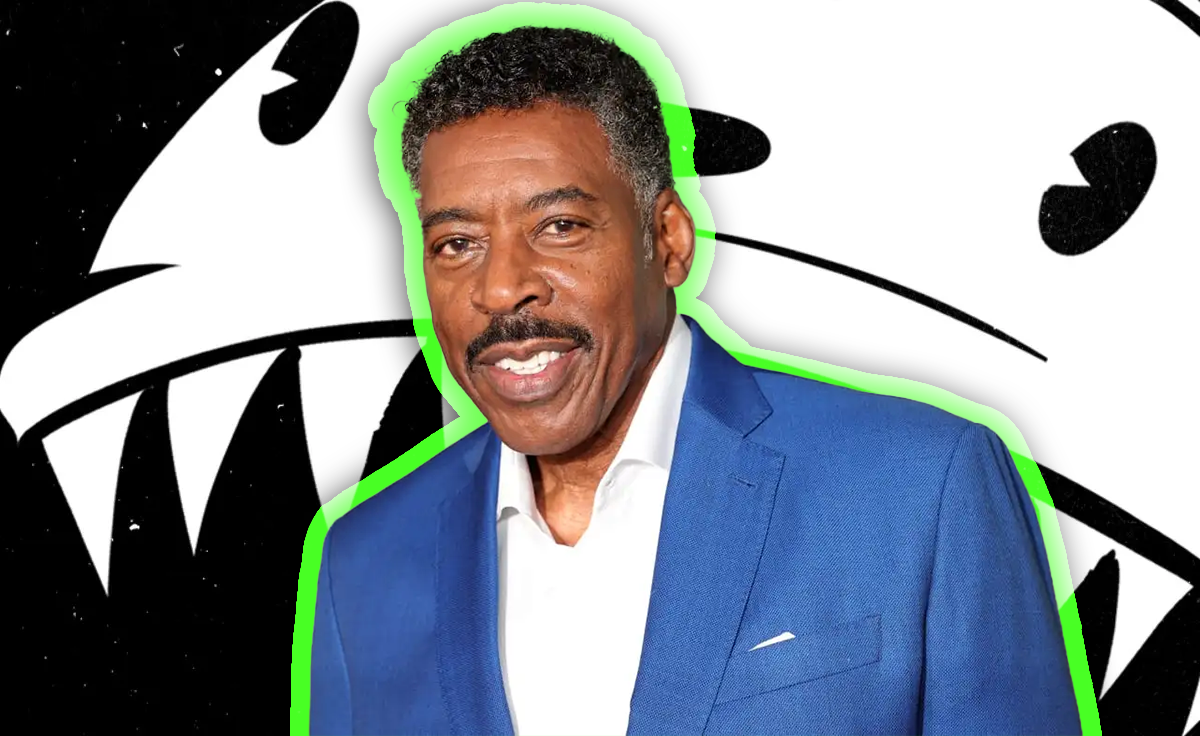
This is some exciting news! Ernie Hudson (Ghostbusters 1984, The Crow 1994) is set to star in the upcoming horror film titled Oswald: Down The Rabbit Hole. Hudson is set to play the character Oswald Jebediah Coleman who is a brilliant animator that is locked away in a terrifying magical prison. No release date has been announced yet. Check out the announcement trailer and more about the film below.
The film follows the story of “Art and some of his closest friends as they help track down his long-lost family lineage. When they find and explore his Great-Grandpa Oswald’s abandoned home, they encounter a magical TV that teleports them to a place lost in time, shrouded by dark Hollywood Magic. The group finds that they are not alone when they discover Oswald’s come-to-life cartoon Rabbit, a dark entity that decides their souls are it’s for the taking. Art and his friends must work together to escape their magical prison before the Rabbit gets to them first.”
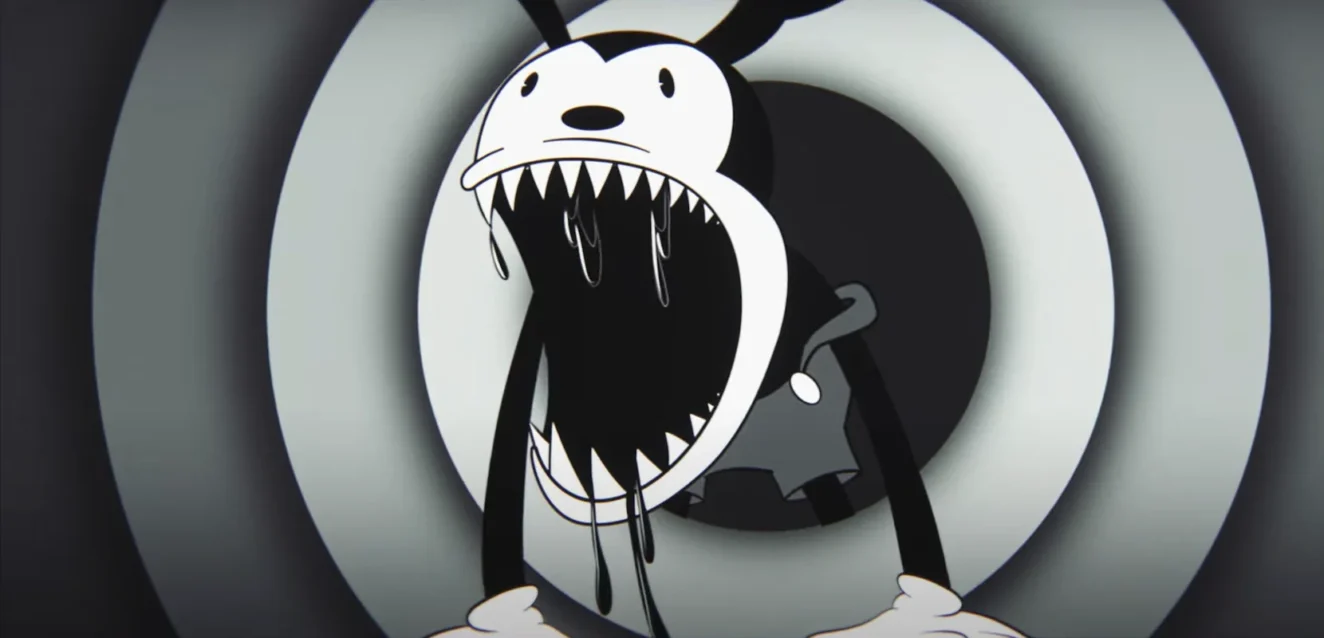
Ernie Hudson stated that “I am excited to work with everyone on this production. It’s an incredibly creative and smart project.”
Director Stewart also added “I had a very specific vision for Oswald’s character and knew I wanted Ernie for this role from the start, as I’ve always admired iconic cinematic legacy. Ernie is going to bring Oswald’s unique and vengeful spirit to life in the best way possible.”
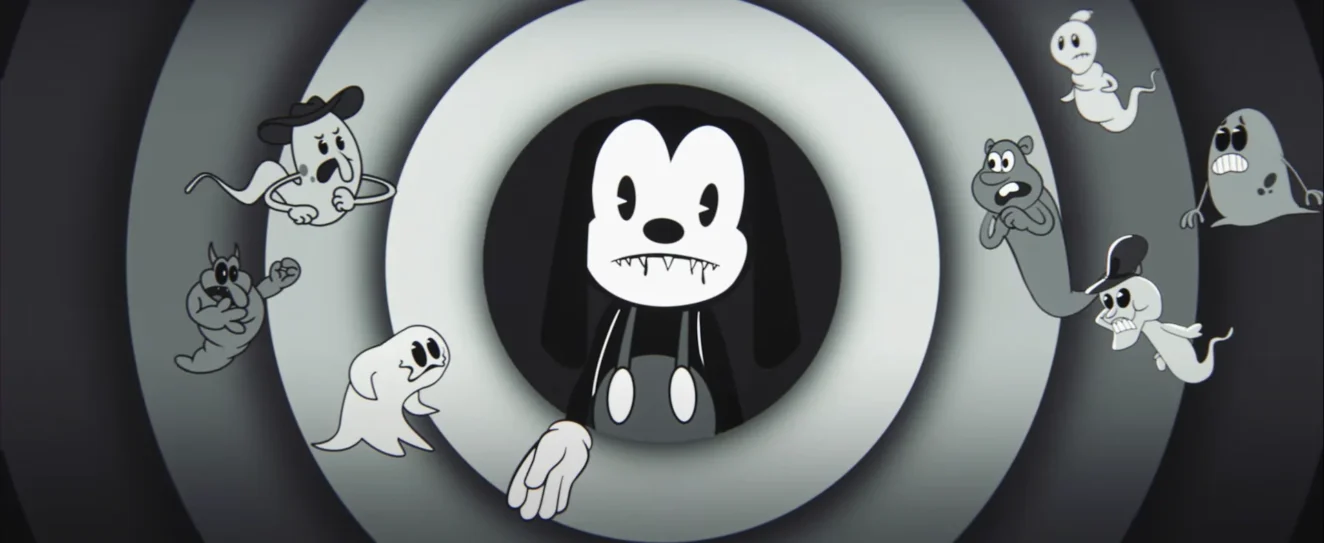
Lilton Stewart III and Lucinda Bruce are teaming up to write and direct the film. It stars actors Ernie Hudson (Ghostbusters 1984, The Crow 1994), Topher Hall (Single Drunk Female 2022), and Yasha Rayzberg (A Rainbow in the Dark 2021). Mana Animation Studio is helping produce the animation, Tandem Post House for post-production, and VFX supervisor Bob Homami is also helping. The budget for the film currently sits at $4.5M.
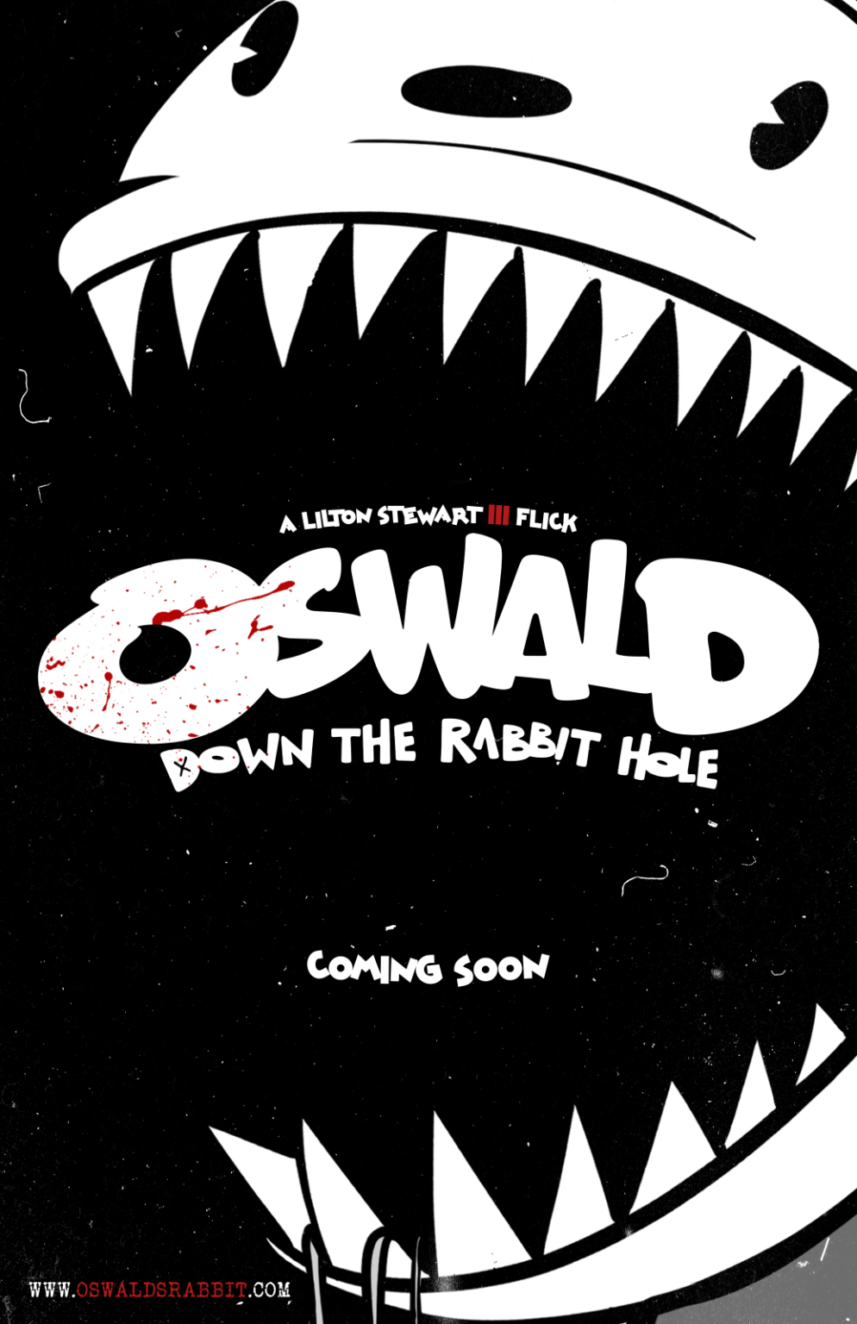
This is one of many classic childhood stories that are being turned into horror films. This list includes Winnie the Pooh: Blood and Honey 2, Bambi: The Reckoning, Mickey’s Mouse Trap, The Return of Steamboat Willie, and many more. Are you more interested in the film now that Ernie Hudson is attached to star in it? Let us know in the comments below.
Listen to the 'Eye On Horror Podcast'
-
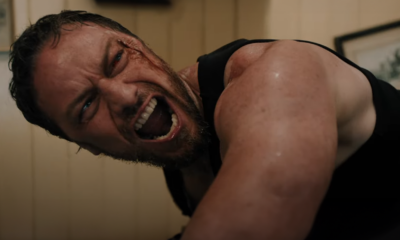
 Trailers5 days ago
Trailers5 days agoJames McAvoy Captivates in the New Trailer for ‘Speak No Evil’ [Trailer]
-
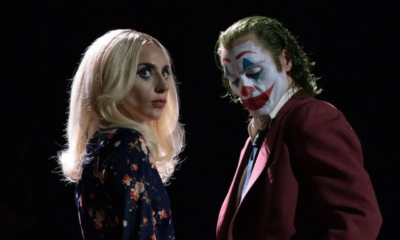
 Trailers6 days ago
Trailers6 days ago‘Joker: Folie à Deux’ Official Teaser Trailer Releases And Showcases Joker Madness
-
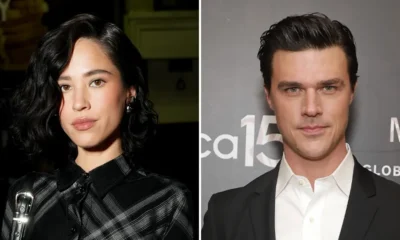
 Movies6 days ago
Movies6 days agoSam Raimi Produced Horror Film ‘Don’t Move’ Is Headed To Netflix
-
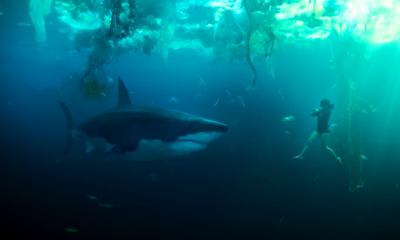
 Trailers4 days ago
Trailers4 days agoWatch the trailer for ‘Under Paris,’ the movie people are calling ‘French Jaws’ [Trailer]
-
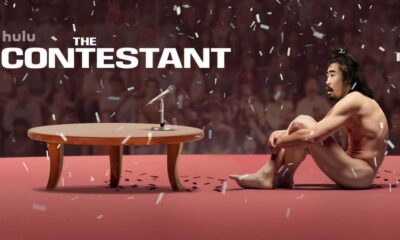
 Trailers6 days ago
Trailers6 days ago“The Contestant” Trailer: A Glimpse into the Unsettling World of Reality TV
-
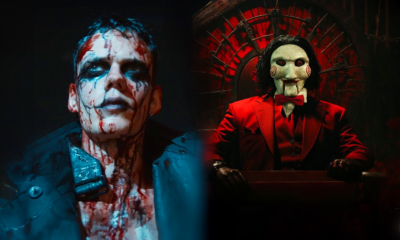
 News6 days ago
News6 days ago“The Crow” Reboot Delayed to August & “Saw XI” Postponed to 2025
-
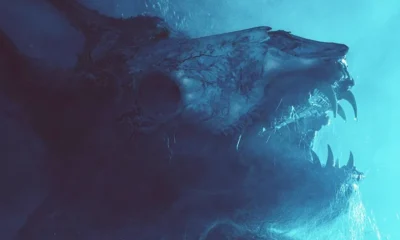
 Movie Reviews7 days ago
Movie Reviews7 days ago‘Skinwalkers: American Werewolves 2’ is Packed with Cryptid Tales [Movie Review]
-
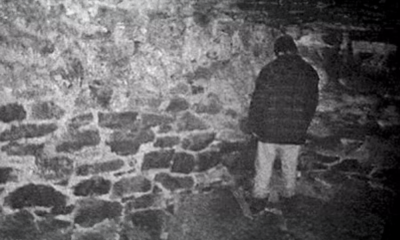
 Movies6 days ago
Movies6 days agoBlumhouse & Lionsgate to Create New ‘The Blair Witch Project’
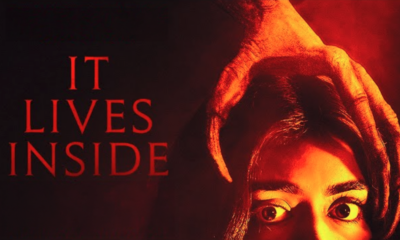

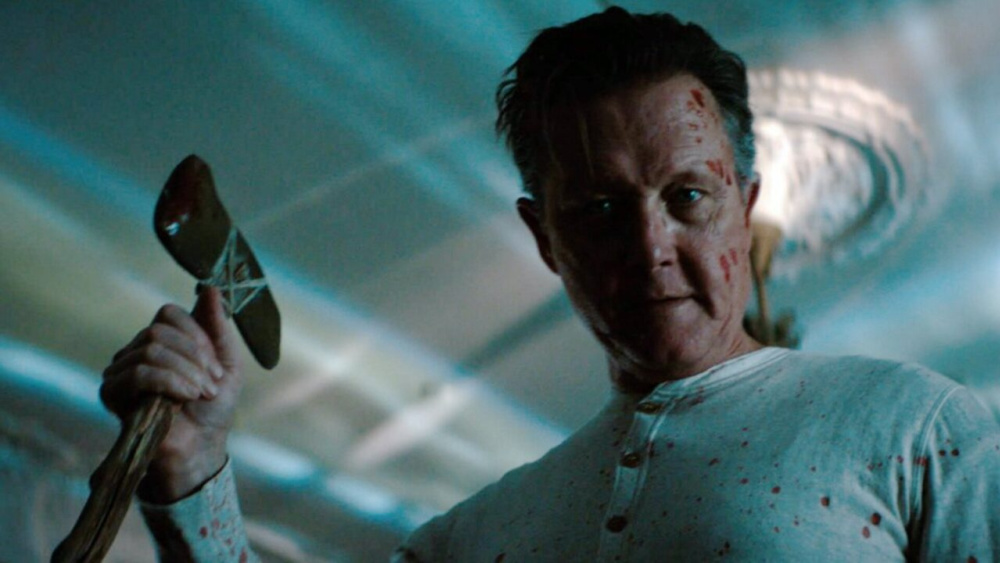
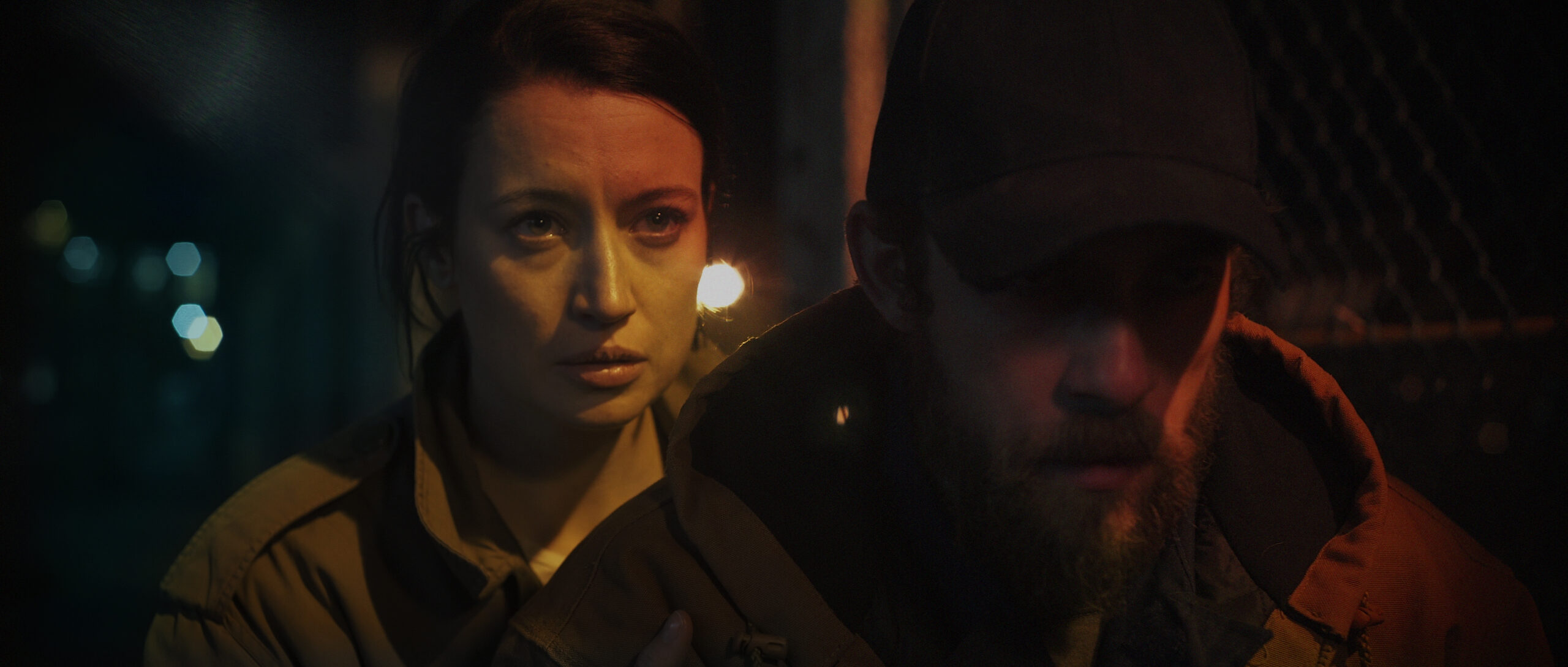












You must be logged in to post a comment Login